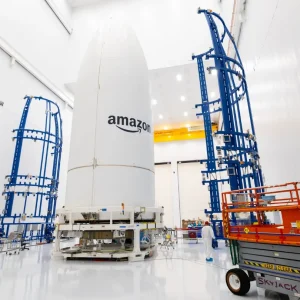For years now businesses have stuck with the same fool proof way of engaging with their customers, and why not? If their methods are tried, tested and produce good results what’s the need for change? Especially when this can often mean a lot of time and money invested in new products and services. However many organisations are now realising there is in fact a need for a change to their customer service strategy… and it’s being driven by consumers. As consumers, we now demand an individually catered experience requiring minimal effort on our part. This means organisations have to reassess the way they are interacting with customers.
One key element for businesses to begin focusing on, if they’re not already, is to engage with customers through social media. Although holding both positive and negative factors, platforms such as Twitter have given consumers a voice to express their views openly and interact with brands directly. Giving access to this sort of engagement in the public domain where customers can monitor response time and whether the information provided is adequate; poses an additional threat for companies that could result in potential and very public brand reputation issues.
This is just one reason why it’s essential for customer service teams to keep up-to-date with all technology advances. Businesses should be sure to have an effective outlined social media strategy and make the most of the technologies available to them. This includes being able to answer any questions or queries in real-time while still providing customers with an informative and helpful response. It also means having a customer service strategy that links teams across these multiple channels, as well as recording in-bound enquiry information so businesses provide a single and consistent response to customer enquiries. According to the BT Avaya Autonomous Customer Report 2015, 70 per cent of consumers expect a response to social media interaction within 15 minutes.
Another key consideration is that of big data; an influencing factor that has caused the customer service industry to shift since the rise in its popularity and usage. While consumers have been busy adapting to technological change at an exponential rate, they have also been busy sharing more and more information. This means (and rightly so), they expect businesses to use this data to create more tailored and personalised experiences for them. If willing consumers are going to trade personal information with companies, they deserve to get something in return.
AllSaints, the innovative fashion retailer, uses Zendesk’s platform to manage their customer interactions and has seen, first hand, how the customer experience and personalised customer offering is changing in the retail industry.
Heather Gibson, brand experience director at AllSaints, says: "We believe that, over the next couple of years, personalised customer care will be key to improving brand experience. One-to-one correspondence, proactive contacts, multilingual agents and bespoke solutions will differentiate brands in the fashion industry. Global partnerships, such as the one AllSaints has with Google, Amazon and Zendesk, will allow retailers to open new communication and payment channels for a seamless customer journey in-store and online. As we look to the future, customer services will move from being an operational function to providing a virtual styling service and generating sales, with a luxury touch, from click to delivery and beyond."
Businesses constantly need to find the best ways to engage and interact with their customer base. It is now more important than ever to have a fluid customer service function and the demand is only going to continue to grow. As customer data and what companies can do with it continues to progress, so will customer demand. Those in the industry should be tuned in to create an encompassing strategy that combines data points from different aspects of the business in order to give one single customer view. Once this is complete, businesses will find catering to customers an easier and more streamlined activity; ultimately benefitting both business and consumer.






